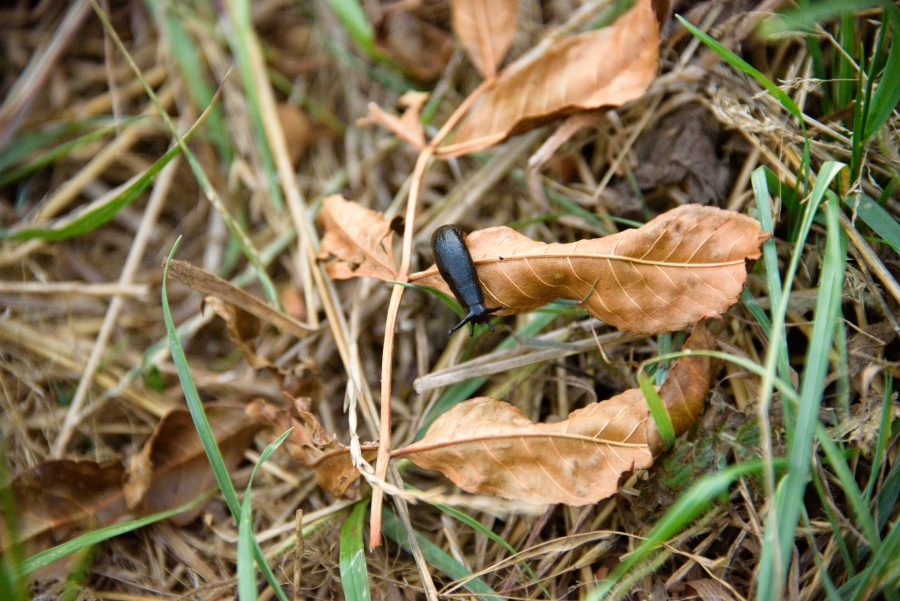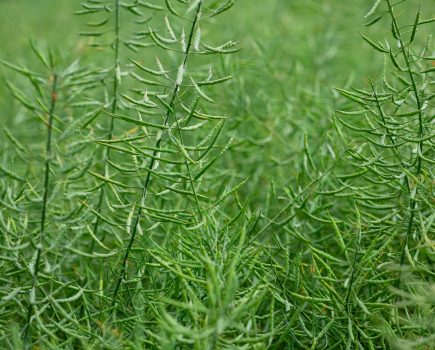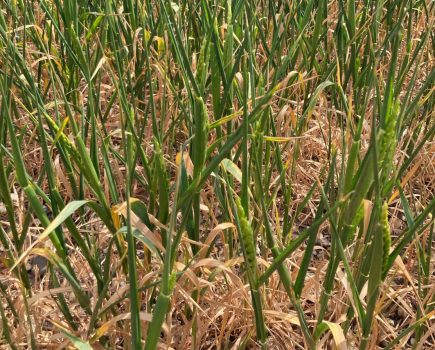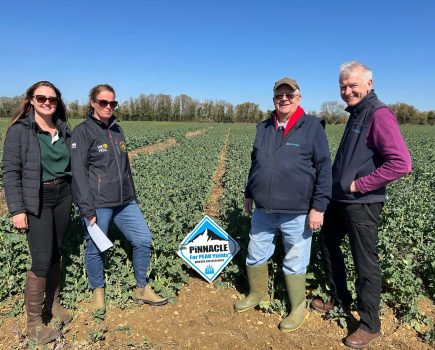This month’s contribution comes from Peter Cowlrick, CCC.
Writing this piece in mid-September feels a little like pre-empting the starting gun on autumn cereal sowing, but hopefully the temptation to drill wheat too early has been resisted, with most crops looking to be sown between early and mid October. With the global weather shifting from an El Niño- to a La Niña-driven pattern, let’s hope we end up with less extreme rainfall over the next few months.
Growers fell very much into two camps with regards to winter oil seed rape sowings this year, with a proportion sown around mid August and the remainder between early and mid September. August-sown crops are now typically at six to eight-plus leaves, and September-sown crops are generally around one to three true leaves.
Cabbage stem flea beetle numbers seem to be relatively low, with little notable damage in most crops, but slugs have proved particularly problematic in many areas, requiring several applications of ferric phosphate-based pellets to minimise damage and/or plant losses.
If not already dealt with, controlling volunteer cereals is a priority to avoid negative competition with establishing oil seed rape seedlings. Where blackgrass control is also required, be aware of new guidance for using Centurion Max in winter rape, with the latest crop stage now six true leaves. Most August-sown crops are likely to be beyond this now, and as it can’t be used until the four true leaf stage, this leaves a limited application window.
After the early September rains, stubbles generally greened up well to enable timely spraying-off with glyphosate to control cereal volunteers and grassweeds ahead of sowing the next cereal crop.
At least a two to three week interval is needed after spraying off cereal stubbles ahead of a subsequent winter cereal to minimise the risk of frit fly damage and the direct transfer of BYDV from any aphids present on volunteer cereals.
Following non-cereal break crops, stubbles should be sprayed off five to seven days before drilling. Remember that there is now a growing and very real threat of grassweed insensitivity or resistance for glyphosate, so minimum rates should be maintained at around 1,000gm/ha or above for mixed populations of blackgrass, volunteer cereals, brome etc, but for ryegrass nearer 1,500 gm/ha would be advisable. With particular reference to ryegrass, check for any surviving plants after spraying.
In terms of herbicide strategies for the mainstream cereals, the number one priority for any crop is to ensure an appropriately targeted pre-emergence herbicide is applied, ideally within 48 hours of drilling, otherwise poor grassweed control is more than likely, as witnessed in the past two autumns.
Depending on the known grassweed pressures, the key actives that should be considered within a residual programme are Cinmethylin (winter wheat only), Aclonifen, Flufenacet, Triallate and Prosulfocarb; the first two would now be regarded as almost essential components of any successful residual ryegrass and blackgrass herbicide programme, but not necessarily together.
Bear in mind that both Aclonifen and Triallate should only be applied before the crop emerges. Be wary of overloading the pre-emergence stack as there is an elevated risk of significant crop damage where applications are followed by heavy rain within a few days of application, resulting in crop thinning and reduced yield. Splitting out the components and deploying them within both a pre- and a peri-emergence programme will help minimise the risk of significant damage and also extend the residual persistence through November to optimise grassweed control.
Slugs are likely to be a major headache in autumn-sown cereals, but as ever the risk can be significantly reduced by deploying pre-drilling cultivations to drying soils, drilling 30mm to 50mm deep and rolling post sowing, followed by regular in-field monitoring.
For most fields following winter oil seed rape, winter beans, cover crops and second cereals, a precautionary application of ferric phosphate-based slug pellets shortly after drilling is likely to prove a prudent strategy and perhaps essential where crops have been direct drilled.
For more like this, sign up for the FREE South East Farmer e-newsletter here and receive all the latest farming news, reviews and insight straight to your inbox.







